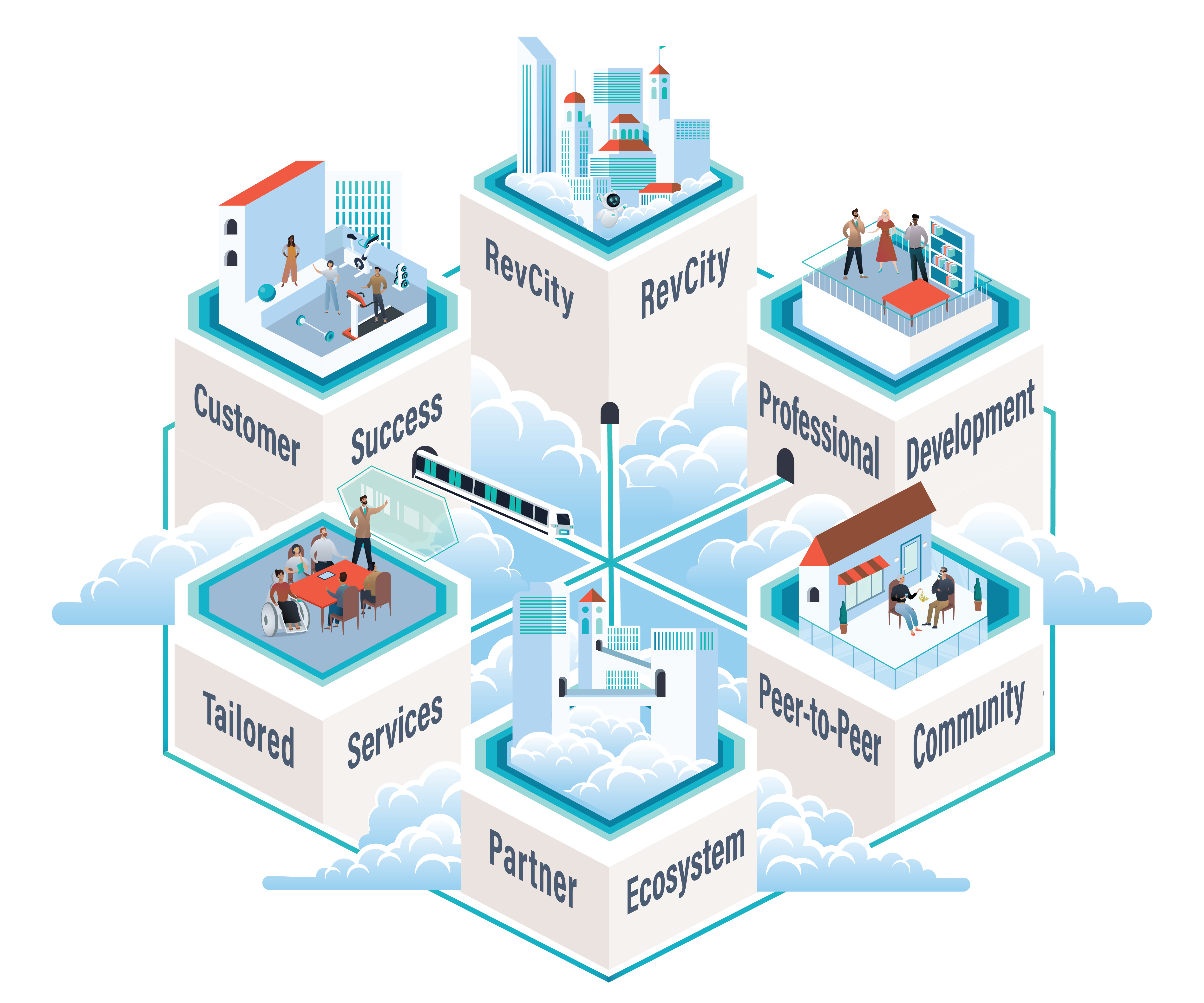Human capital today is any company’s greatest asset- and Job Boards are HR’s. In fact, for most companies, their unique competitive advantage stems from the strength of their top talent pool. Needless to say, there are many other companies in the same space that compete for the same pool of talented individuals.
Given the huge supply-demand imbalance for top talent, recruiters today adopt sales tactics in order to be able to hire these individuals over their competitors. They need to get to the candidate faster, convince him/ her to join their company, and then sell him/her on the offer. And, they have to do these all of this in a cost-effective manner.
Internal Sourcing
Most companies, in order to outpace the competition, focus on nurturing candidate relationships much earlier in the process. They maintain warm relationships with past applicants from their applicant tracking system (ATS customer reports), past interns, and other candidates from their network. When a job requirement opens up, they often have a list to go after and start reaching out to some of the top candidates from this list to see if they would be interested.
Once they’ve exhausted the list, they begin looking for top candidates on channels they spend most of their time on (LinkedIn, Github/ Stackoverflow for developers, Twitter/ Medium for sales & marketing folks, etc). Often these are cold reach-outs and do not get them a good response rate.
So they start digging into their network to identify if any of their employees or past colleagues are connected to these individuals and if they can make an introduction. And since this is not a scalable solution either, they would then rely on third parties who have deeper connections with these individuals – typically agencies / independent recruiters who have worked with these candidates in the past.
Agency Recruiting

Agencies typically work on three models – contingency, retained, and hybrid. Contingency recruiters only get paid when a candidate is hired. They invest their time and effort in sourcing and screening candidates for multiple employers. Their objective is to get the best candidates to the enterprise quicker, as they are often competing with other agencies/ channels. To compensate for their time and effort, they demand a bounty if the candidate gets hired. Typically this is between 15- 25% of the candidate’s annual salary in the US.
Retained recruiters are paid a ‘retainer’ to go hunting for candidates. This is a fixed amount decided at the start of the contract. As a result, retained recruiters tend to be a lot more focused on the search. They are supposed to make sure there is no conflict of interest and are held accountable for the hire going through. Companies typically work with 1 or 2 retained agencies for a search (due to the upfront cost), but may work with multiple contingency agencies.
Hybrid
Hybrid models comprise a mix of the two. A portion of the payment would be an upfront ‘retainer’ while the remaining would be contingent on the candidate being hired.
Once agencies/ independent recruiters start working on the reqs, their first course of action is to check their existing database and see if there are any that are a good match. Then, they start looking for passive candidates on channels where candidates spend most of their time on. They spend a lot of time sourcing and later in setting up meetings with the candidate to convince him/ her to take a call with the employer.

Other Sourcing Channels– Stepping Away From Job Boards
Apart from internal sourcing and agency recruiting, companies have few other fall back options to hire top talent. If they have a strong brand, they do receive a good stream of inbound applications (through their website / over email). However most of them would be irrelevant/ mediocre, so they spend a lot of time filtering through the list and wheeling out the good ones. Employee referrals are also a good channel for hiring top talent for most companies. Like begets like, and it is easier to attract top candidates if one has a strong team and good brand.
The Challenge With Job Boards
The #1 reason job boards don’t work for top candidates is that most of these candidates are already out of the market before they even reach this stage.
To hire top talent, one needs to source them passive-aggressively while they are still not looking out for opportunities and then convince them to take up their opportunity. The process is very similar to selling a product to an enterprise who may not be sure if they are ready for buying yet.
Job boards are still great for hiring candidates where supply outpaces demand or where they are in the same range. However, for hiring top talent where there are huge demand and extremely low supply, there are other channels with a much better RoI.






